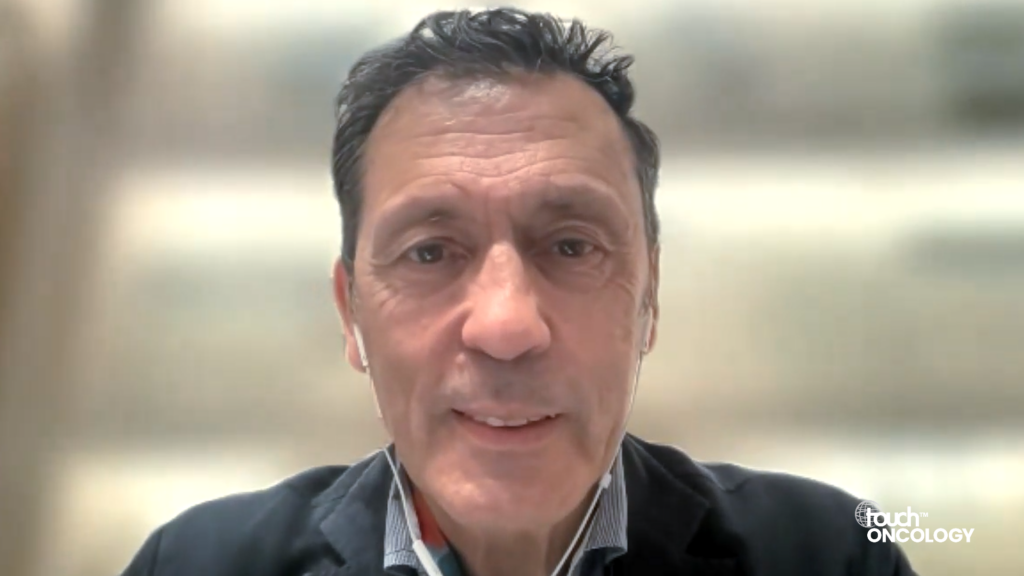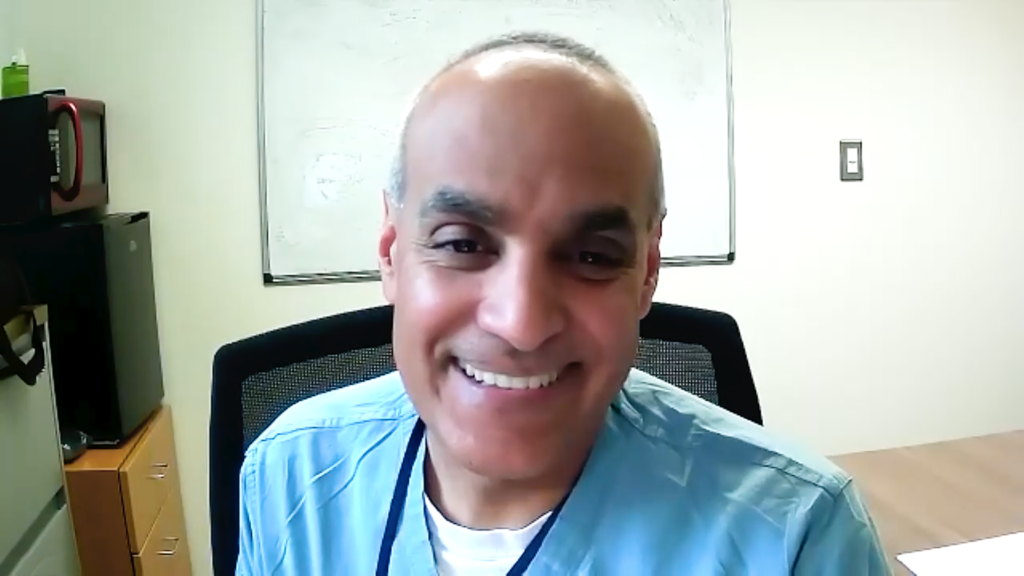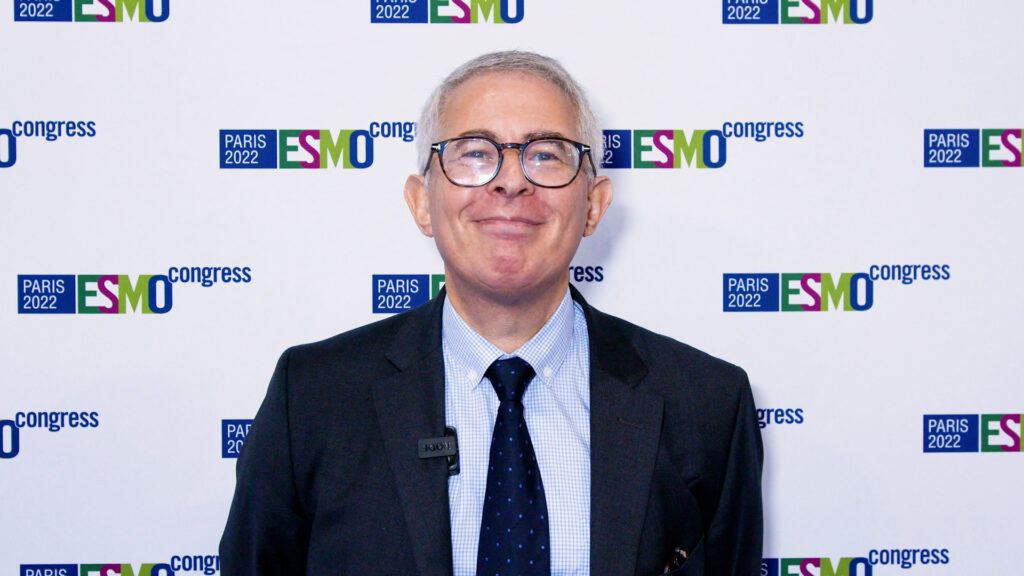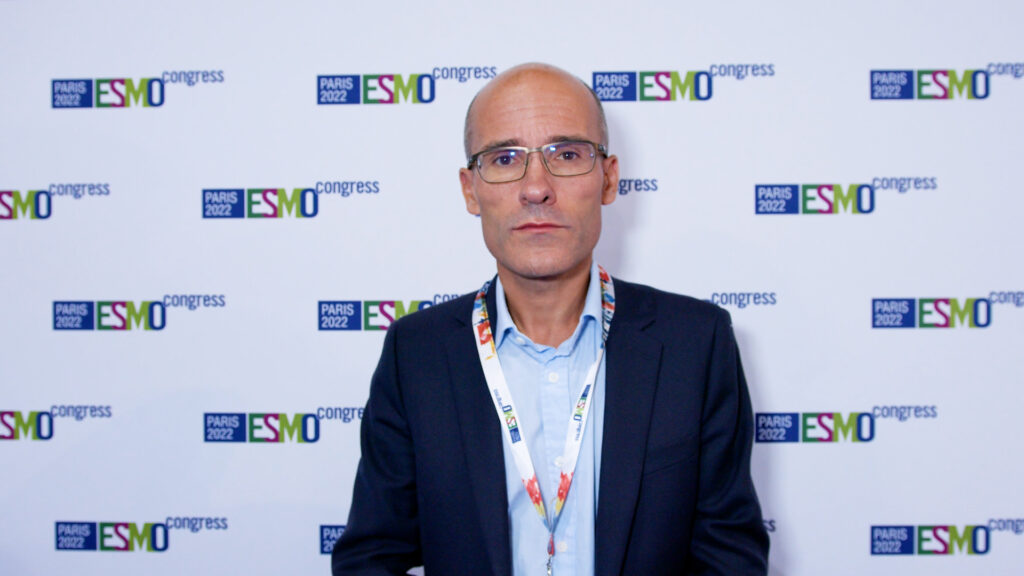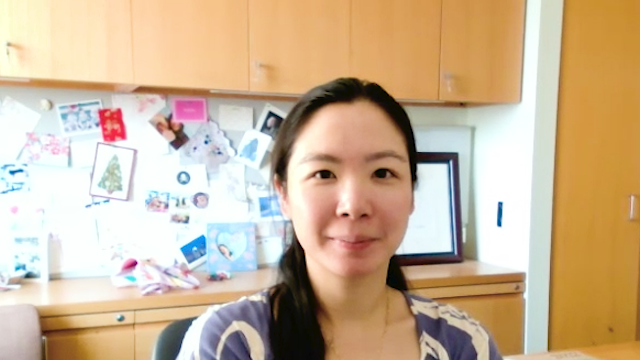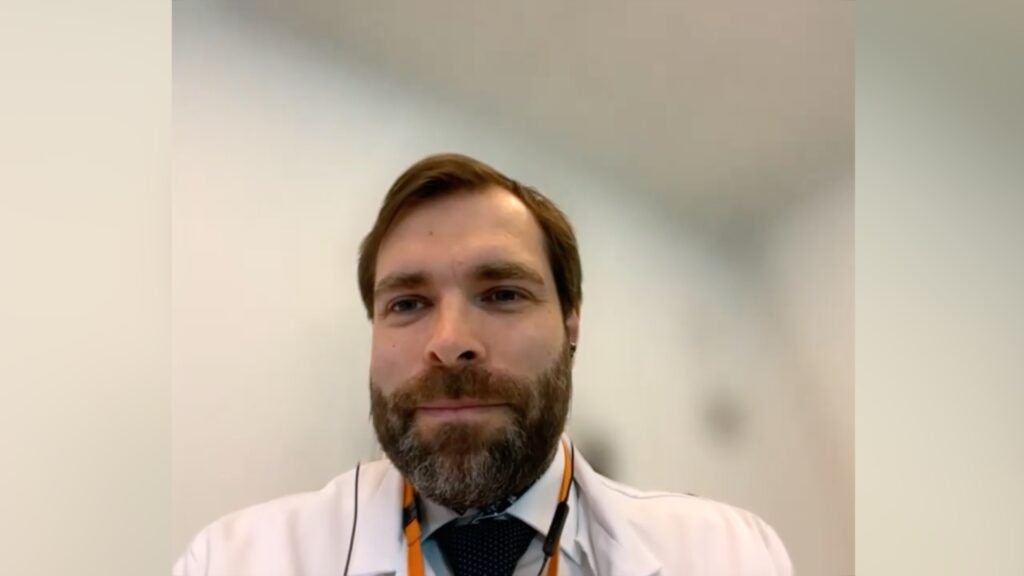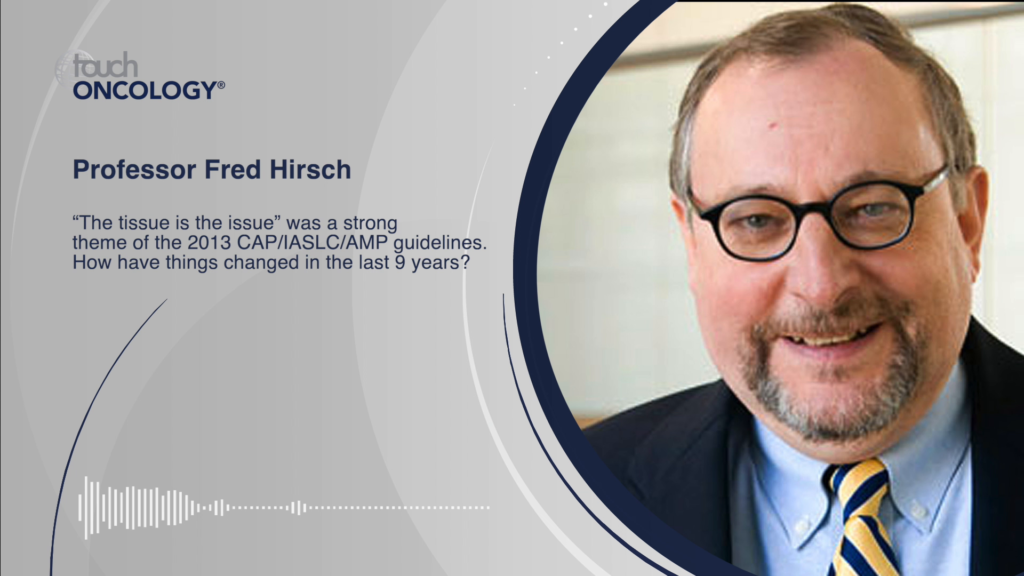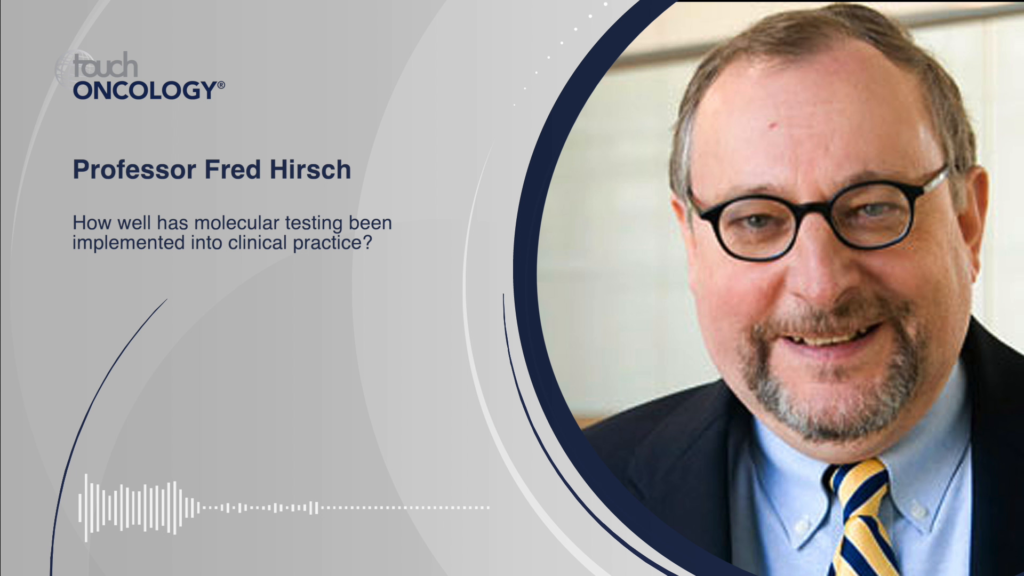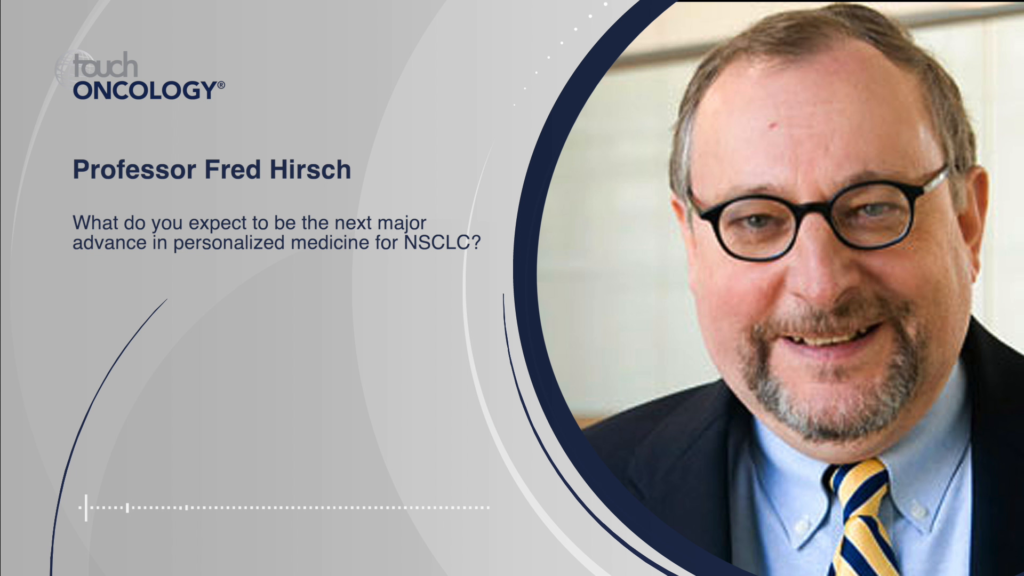We are at a critical moment in the fight against lung cancer. The disease remains a leading cause of cancer-related death and is responsible for an estimated 1.8 million deaths globally in 2018 alone, or approximately one-fifth of all deaths from cancer.1 Progress in science and technology have introduced a new era of hope, with an increased understanding of the underlying biology of lung cancer giving way to medical innovations and improvements in how the disease is diagnosed and managed. Despite these advancements, there has been only a modest improvement survival rates after a diagnosis of lung cancer in recent years, and survival rates lag behind several other common cancers.2 Presently, about one in five patients with lung cancer are alive five years after they are diagnosed.3 We must urgently take action to improve outcomes and survivability in lung cancer.
The Lung Ambition Alliance seeks to disrupt this status quo. Four leading organisations with deep roots in lung cancer have come together to accelerate advances in lung cancer survival and improve patient outcomes. Our goal is ambitious, but, in our minds, attainable: to one day eliminate lung cancer as a cause of death.
The first step toward this goal will be to double five-year survival for the disease by 2025. To achieve this, our four founding partners – the International Association for the Study of Lung Cancer (IASLC), Guardant Health, the Global Lung Cancer Coalition (GLCC), and AstraZeneca – have identified three key areas of focus that span the patient journey (Table 1).4–7
Table 1. Key areas of focus as identified by the Lung Ambition Alliance’s founding partners
| Focus | To be achieved by |
| Increasing lung cancer screening and early diagnosis |
|
| Delivering innovative medicine |
|
| Enhancing quality care |
|
Three projects are already underway that map to these focus areas, to complement the new medicines and diagnostic solutions already available.
Advancing screening
The Early Lung Imaging Confederation (ELIC) is trialling and assessing a new cloud-based screening registry that is designed to accelerate improvements in the multidisciplinary detection and management of early-stage lung cancer. The registry has been developed in response to growing evidence from lung cancer computed tomography (CT) screening studies that show screening may reduce mortality.8,9 The barriers limiting widespread adoption of screening are complex, necessitating such approaches. Screening policies vary from country to country, and, where screening is recommended, too few sites are set up to implement screening effectively,10 too few patients are offered screenings, and there is low uptake among those offered screening.5,11
ELIC was developed in 2018 by the IASLC, who also manage the project. The intention of ELIC is to create a large, globally accessible, privacy-secured database of shared CT lung cancer images and associated biomedical data. ELIC could become an important global resource for lung cancer researchers and care teams. The collection of images and data will be used to develop better analysis and detection tools, supported by the development of artificial intelligence, to create better risk models. ELIC has the potential to become a global platform for standardised data and quality conformance. By collecting these images across institutions and throughout the world, researchers who might only have access to a small number of CT images in their centres can interrogate thousands of images to greatly expand their knowledge base and validate software analysis tools.
By providing more focus, adding expertise and dedicating resources to this project, the Lung Ambition Alliance aims to dramatically accelerate the expansion of the data catalogue for ELIC, and will assist in the measurement of patient outcomes that will be assessed at various points in the patient journey, including initial scan, initial treatment, and follow up.
Accelerating development of treatments with curative intent
We are focused on accelerating the delivery of treatments with curative intent, enabling widespread paradigm shifts to earlier intervention when there is still potential for a cure, and placing greater emphasis on early detection of relapse.6,7 The rapid uptake of precision medicine is improving prognosis for some patients with lung cancer.12,13 We believe precision medicine may be even more effective if administered earlier in the course of the disease. We’re prioritising the validation of surrogate endpoints and the identification of predictive biomarkers, which may enable better targeting of tumour characteristics, to accelerate the development of potentially curative treatments.
In an era of accelerated drug development for patients most in need, the adoption of surrogate endpoints in oncology research has ushered in. Response rate and time-to-event endpoints, like progression-free survival, have aided the rapid delivery of new medicines to patients with advanced disease, while overall survival data – the gold standard in oncology – is gathered. With the shift in focus to earlier-stage treatment, the Lung Ambition Alliance is prioritising the validation of new surrogate endpoints – like major pathologic response – for treatments being investigated in the neoadjuvant setting.
By sharing resources and facilitating discussions, the different members of the Alliance are assisting in the pooling of data from cooperative groups and pharmaceutical industry trials that can be used to establish and validate relevant surrogate endpoints with health authorities around the world.14
Improving access to quality care
Optimising patient outcomes in lung cancer goes beyond screening, staging, testing, and new approaches to treatment. It also requires a continued effort among the lung cancer community to adhere to multidisciplinary best practices, to educate patients about their options, and to provide quality-of-life support to patients throughout, and following, their treatment journey. Achieving this will require a layered and multifaceted approach, given the marked variability in lung cancer management around the world and the very specific local barriers to quality care that must be considered when developing programs for patients.
As part of the Lung Ambition Alliance effort, the founding partners will support GLCC in launching a Grants Program and will issue open calls, beginning in late 2019, inviting local patient organisations worldwide to develop and submit pilot projects that have the potential to improve five-year survival for patients with lung cancer in their respective countries. A Lung Ambition Alliance committee will evaluate those submissions that have met the selection criteria and subsequently allocate funding.
A true community effort
When looking at accelerated improvements across other disease areas, a clear pattern emerges. In each case, multiple stakeholders rallied together around a common cause and compelling platform. This proved true in breast cancer with a consensus-driven prioritisation of policy goals, in HIV, with a common definition of treatment targets, and even in diabetes, with agreement on the need for community-based management.
The Lung Ambition Alliance aims to similarly accelerate progress and bring about meaningful change for patients by amplifying the complementary expertise of the partners and prioritising meaningful projects, like those listed above and others currently in motion (including an effort to standardise and further improve lung cancer staging guidelines across the globe). We will explore and overcome barriers and pursue an ambitious, but attainable, vision for the future together.
In this spirit, we are asking like-minded members of the medical, scientific, and advocacy communities to contribute their thoughts on the current state of lung cancer at www.lungambitionalliance.org.
Please join us. We firmly believe that by aligning diverse perspectives and experiences in lung cancer to a shared goal, we can accelerate the pace of progress.
- World Health Organization. Lung cancer statistics, source: Globocan, 2018. Available at http://gco.iarc.fr/today/data/factsheets/cancers/15-Lung-fact-sheet.pdf. (Accessed 08 August 2019)
- Roser M and Ritchie H. Our World in Data. Cancer, 2019. Available at https://ourworldindata.org/cancer. (Accessed 08 August 2019)
- Cancer.Net. Lung cancer – non-small cell: statistics, 2019. Available at www.cancer.net/cancer-types/lung-cancer-non-small-cell/statistics. (Accessed 08 August 2019)
- Yousaf-Khan U, van der Aalst C, de Jong PA, et al. Final screening round of the NELSON lung cancer screening trial: the effect of a 2.5-year screening interval. Thorax. 2017;72:48–56.
- The National Lung Screening Trial Research Team. Reduced lung-cancer mortality with low-dose computed tomographic screening. N Engl J Med. 2011;365:395–409.
- Midthun D. Early detection of lung cancer. F1000Research. 2016;5(F1000 Faculty Rev):739.
- The National Collaborating Centre for Cancer (developed for the National Institute for Health and Care Excellence). The diagnosis and treatment of lung cancer (update), 2011. Available at https://www.ncbi.nlm.nih.gov/books/NBK99021/pdf/Bookshelf_NBK99021.pdf. (Accessed 08 August 2019).
- International Association for the Study of Lung Cancer. Press release: IASLC Successfully pilots early lung imaging confederation project, 2018. Available at https://www.iaslc.org/About-IASLC/News-Detail/iaslc-successfully-pilots-early-lung-imaging-confederation-project. (Accessed 08 August 2019).
- De Koning H, Van Der Aalst C, Ten Haaf K, Oudkerk M. PL02.05: Effects of volume CT Lung Cancer Screening: Mortality results of the NELSON Randomised-Controlled Population Based Trial. J Thorac Oncol. 2018:13;S185.
- Jemal A and Fedewa SA. Lung cancer screening with low-dose computed tomography in the United States—2010 to 2015. JAMA Oncol. 2017;3:1278–81.
- Mascaux C, Tomasini P, Greillier L and Barlesi F et al. Personalised medicine for nonsmall cell lung cancer. Eur Respir Rev. 2017;26:170066.
- Jones GS and Baldwin DR. Recent advances in the management of lung cancer. Clin Med (Lond). 2018;18:S41–S46.
- International Association for the Study of Lung Cancer. Pathology Committee, 2019. Available at: www.iaslc.org/About-IASLC/IASLC-Committees/Pathology-Committee. (Accessed 08 August 2019).


